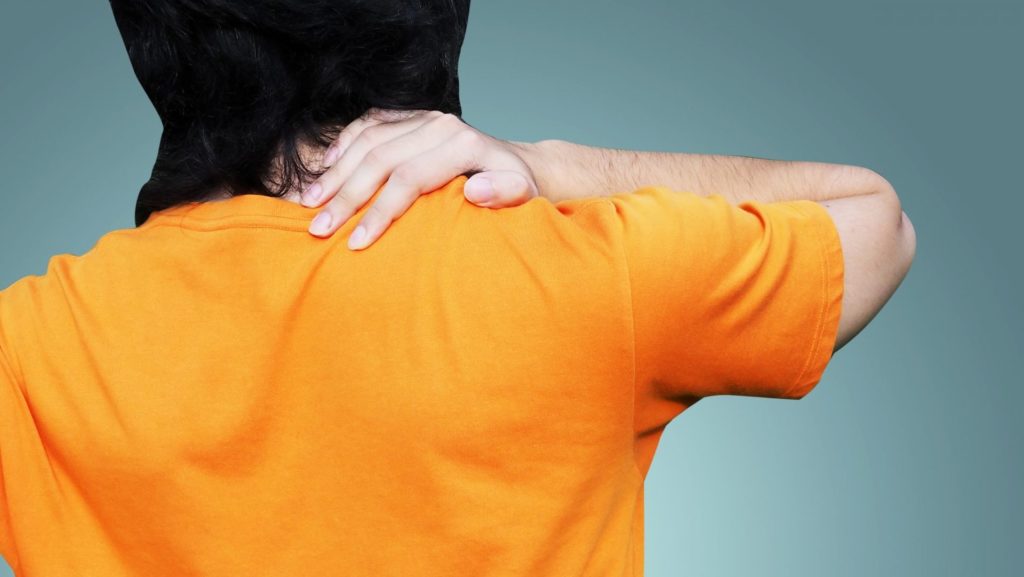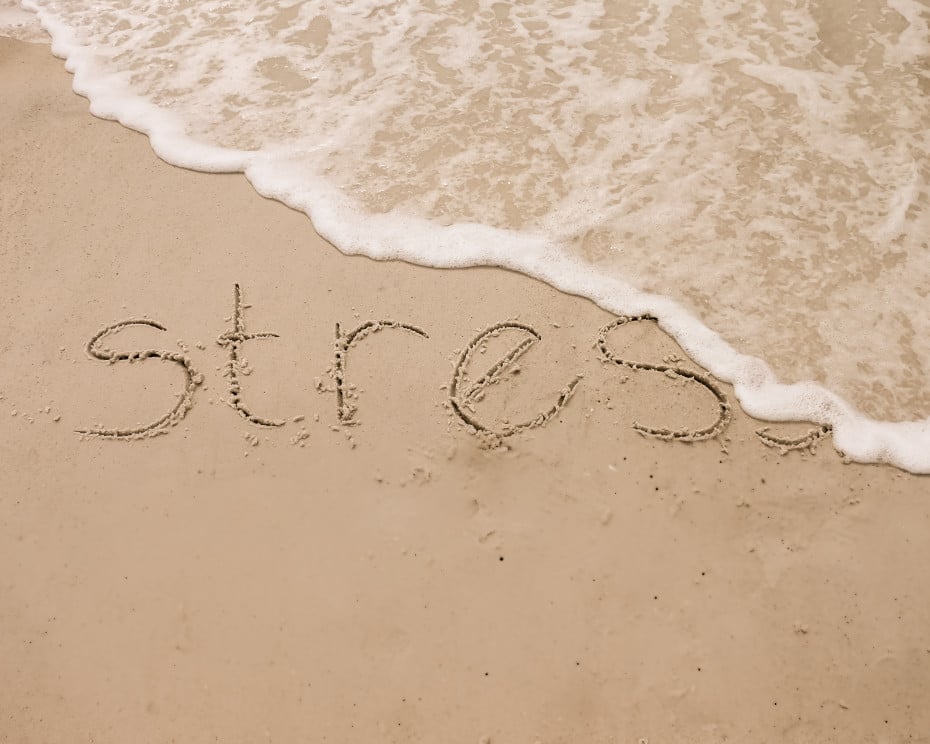By Deborah Malka MD, PhD
Read Time: 4min.
It’s one of the most common questions I’m asked – “What are the side effects of using THC, CBD and cannabis?” I’ll go over the more common side effects as well as give you some tips on how to best deal with them.
First, though, I want to address one thing – If you’ve ever searched online for the answer to this question, you may have found some discouraging results. The problem is that a lot of what you read online comes from years of studies published during a time when little was known about the wellness benefits of medical cannabis, and reports were often framed around recreationally smoked cannabis of unknown composition and/or purity. Nevertheless, the literature is still out there on the web claiming exaggerated and sometimes disproven risks in using cannabis.
The side effects that you’ll likely find on the web today, based on that older research include the following:
The Side Effects of Using THC Listed in Older Research
- Disorientation
- Dizziness
- Memory loss
- Loss of coordination
- Dry mouth
- Agitation
- Anxiety
- Rapid heartbeat
- Chest pain
- Low blood pressure
- Depression
- Hallucinations
- Psychosis
There are other risks attributed to THC use, including impaired driving, risk during pregnancy, possible long-term cognitive impairment especially for those with heavy use during adolescence; and risk for dependence which is now called Cannabis Use Disorder. We’ll look at these risks discriminatingly a little later.
Common Side Effects of Using CBD
As far as CBD, or CBD-rich cannabis, the list is short, and may include:
- Dry mouth
- Loose stools
- Sedation
- At the very high doses used in some epilepsy treatments – some drug (pharmaceutical) interactions.
In addition, some hemp-derived CBD, especially that grown out of the country, has been known to have high levels of heavy metals.
As far as smoked cannabis, whether it’s THC or CBD, there is an increased risk for bronchial inflammation and cough, which is reduced significantly if inhaling by vaporization. There are purity issues to consider with all inhalation methods, such as the introduction of pesticides, mold, solvent pollutants, or vaping liquid additives.
So how do we know which of these risks are real, what to actually worry about and how to be smart and safe in using cannabis?
A more recent evidence review of these risks was undertaken by the National Academy of Sciences in 2017. By this time, medical cannabis had appeared on the scene, and the climate was not as biased against cannabis. They reviewed the papers that presented all of the above risks and classified the research according to low, moderate, or strong evidence for validity.
Here’s what they concluded:
Substantial evidence for risk exists for respiratory symptoms if smoked such as impaired driving, increased risk of developing psychosis for heavy use in at-risk adolescents, low birth weight to newborns if the mom had smoked higher amounts of cannabis, and risk for developing a use disorder for male heavy smokers starting at a young age.
Of course, this all refers to THC-rich cannabis only. I am omitting those categories for which they found only moderate, limited or no association because risks in those categories would be inappropriate to include here. It’s important to note, all of these studies are misleading, in my opinion, because they refer to smoked THC-rich cannabis that is of unknown quality.
In a review of non-smoked cannabis studies, they concluded that there was no evidence of a higher incidence of serious adverse events following medical cannabis use compared with control groups.
In fact, studies done with a nabiximol, a CBD/THC mixed cannabis extract, showed only a few side effects such as:
- Dizziness
- Drowsiness
- Constipation
- Diarrhea
- Fatigue
- Memory or concentration problems
- Dry mouth
Note that all of these effects are most pronounced in new or infrequent users, and decrease as the person acclimates to using cannabis more regularly.
The most important thing to remember, is that many of these effects occur due to too high of a dose to THC-rich cannabis and the effects of smoke. In general, all effects are reduced with time, and cannabis is not life threatening. There is no dose you can use that leads to risk of death.
So, how can you be a smart THC, CBD or cannabis user and help avoid or reduce the side effects of THC, CBD and cannabis? Here are my recommendations:
- Start with low doses, especially if you’re a new or infrequent user. There is really no such thing as a side-effect, just effects – some you want and some you don’t. New users without a tolerance need low doses to avoid overdosing. Be extremely careful with edibles especially, since the effects can last up to 8-10 hours.
- Decrease your smoke. As is often pointed out, smoking anything can be detrimental to your respiratory system. So, preferably don’t smoke. If you do, smoke less than 1 gram of flower (the raw plant) per day. A possibly healthier alternative is to use a vaporizer instead (commonly referred to as “vaping” but not the same unhealthy concentrate vapes we’ve heard about in the news).
- Use clean, non-toxic products. Make sure to use lab-tested, solvent-free, pesticide free, natural organic herbal products. Consider what cannabis you put in your body as carefully as you would your food, or any natural supplement.
- Use caution if you’re at risk. If you’re pregnant, minimize THC-rich cannabis. When it comes to CBD use during pregnancy, not many studies have been conducted, but so far it is not proven to be detrimental. That said, err on the side of caution and consult your doctor. If you’re considering an at-risk adolescent (young person less likely to transition successfully into adulthood and achieve self-sufficiency), or parent of an adolescent with signs of mental distress avoid the use of THC-rich cannabis. At the very least, make sure the cannabis being used has a higher proportion of CBD, and its use is supervised.
- Don’t drive under the influence. This refers to THC-rich cannabis. In reality, users who have developed a tolerance may not be as disoriented or impaired while under the influence of THC-rich cannabis. In fact, risk for a motor vehicle accident has not been strongly proven, as drivers seem to compensate for slower than normal reaction time. Nevertheless, it is against the law to drive while impaired so don’t do it.
What can you do if you are experiencing unpleasant side effects?
If you’re experiencing unpleasant side effects it’s likely you’re having a reaction to THC-rich cannabis since side effects of CBD use are minimal. To avoid the side effects you can:
- Add CBD to your intake will dilute, or “antidote” some of the psychoactive effects of THC.
- Wait for unpleasant effects to pass and use a lower dose next time. Know that as you acclimate to the medicine over a period of weeks, side effects will lessen. Some effects may remain at a lesser level, such as dry mouth or disorientation, for example, and you may have to accept that.
- Seek professional help (e.g. doctor or trained budtender) in managing your delivery method, dose, CBD/THC content, and how to arrange all of these for the best outcome. A little knowledge goes a long way to managing the best risk/benefit ratio.
While the real side effects of THC, CBD and cannabis are still being researched, following the suggestion above should make your experience with the plant as pleasant and useful as possible. Please remember that it’s always a good idea to consult experienced doctors such as myself if you are unsure.



